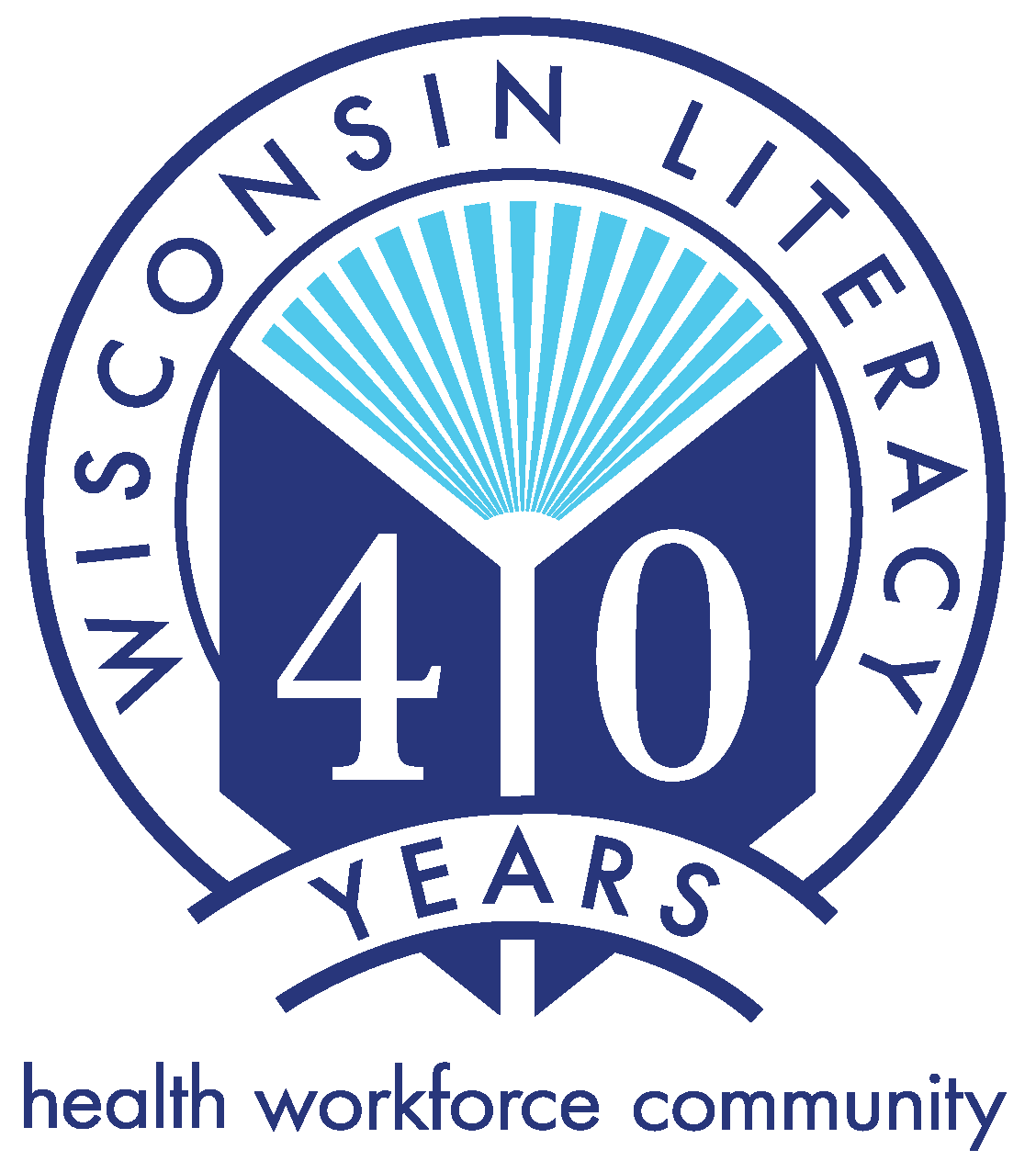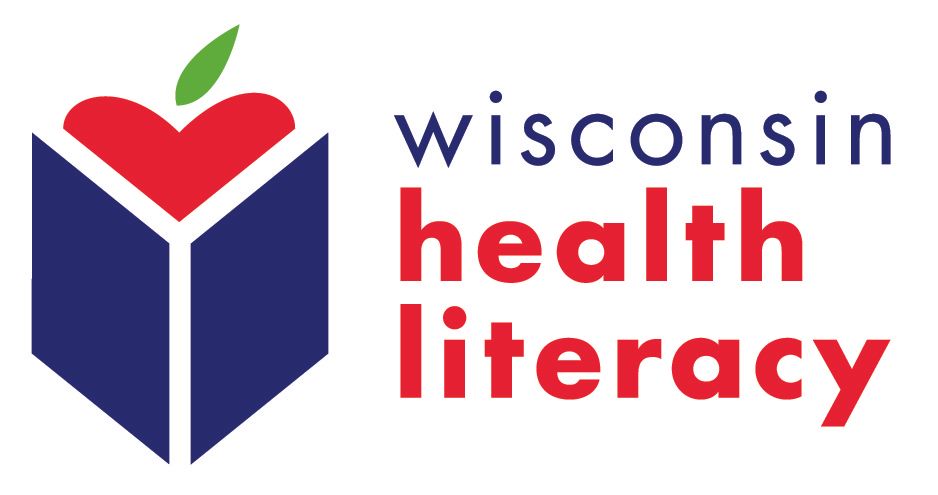
In a previous life, I owned a marketing and public relations business, The Lakeshore Studio. I specialized in helping non-profits use what little money they had to best promote themselves. Some things have burgeoned tremendously and the good news is they are nearly free.
We’ll explore how to do this, but first I want you to think about your program in a more general way.
You are an expert about the literacy services you provide to your learners. No one knows what you do better than you and your staff. You know the challenges your students face and you also know their amazing stories of grit, determination and success. You are the best person to tell that story.
How do you get your local media to promote your program?
Every newspaper, TV and radio station has editors and those editors receive hundreds of news releases every week. National groups push out generic news releases and unless an editor or writer can make a local connection, most of those releases land in the circular file (or the trash file of their computer).
This is where you come in. If you make yourself the local expert in your community and you stay connected to your local media, you can get your agency’s name out into the public eye. It takes work but not a ton of time.
You will be surprised at how kind most media outlets are. A simple phone call asking who to address emails about education and literacy is easy to make. If the media organization is small their news director is probably the right person. Ask for their email—in this day and age, email is the main way to communicate.
When you see a post from Proliteracy or Links, localize a story using their national statistics. For instance, a story about the growth of GED credentials is easy to personalize by telling the story of your agency’s program or a successful learner. Chances are you have statistics that can localize most any story (thanks to the Wisconsin Literacy’s Demographic Surveys you’ve completed).
You become the “go to” person when the media is working on a story.
Who Should You Get to Know?
Newspapers are struggling. Help them realize that by teaching people to read, you are one of their best friends.
Reach out to writers and editors with information that is useful to them.
- Read the “Contact Us” list on their website for the news director or call and ask who to email about education and literacy to start the communication.
- Drop them an email telling them a little about your program.
- Continue to share newsworthy stories and information as often as you have something of interest.
When you have something important, follow up your email with a phone call. Developing a relationship is easy if you are willing to invest a little time. Don’t forget to call photo editors—again, check their contact—if you’re looking to have an event covered. Send a news release, but don’t forget to follow up with a call.
Radio station staff that do local programming are also worth pursuing. National Public Radio stations are especially welcoming of your information. Again, simply call or go on line to find names and email addresses. Their news directors, news staff and editors are always open for a “pitch.”
If you have a great success story, national headline you can localize or even a fundraiser you want to promote, call and pitch your story. They might just take you up on your idea. Even if they don’t, you’ll have made a friend for future.
The same tactic works with TV stations; most have day and night news editors. A little secret I’ll share with you is to call the night editor. They tend to be far less busy than the day person and always seemed have more time to talk. Radio and TV are places to request coverage of events. If it’s a slow news day there’s a chance they’ll send someone out to cover it.
Social Media—Who Should Do It?
It takes just minutes to post to Facebook or Twitter. There are even services that connect all of your social media, so you only post one time but it appears in multiple places. (Hootsuite is one that’s worth looking into.) In addition, Facebook, Twitter, Instagram and other social media platforms are available for free. You can pay a small fee to “boost” your posts and be seen by more people, but you don’t have to.
There are many ways to use social media. Think about what you hope to accomplish and who your audience is before you start.
You can post:
- for your learners about classes and events.
- for the public for recruitment or trainings.
- interesting information about literacy.
It takes just minutes to post if you keep a stash of memes, statistics and interesting facts in a file to pull from. You can share or retweet content from organizations you follow like ProLiteracy or Wisconsin Literacy.
Consider recruiting a volunteer to manage your social media. You may have a current tutor who is active on social media and would be happy to help, or you might find a Technical college student who would like the experience. You’ll need to guide them in what your purpose is, but once they understand that they can keep your program’s name in the public eye.
There are many ways to get your program the attention it deserves. It doesn’t need to take money, just some of your time.
Be sure to check out our section on Marketing on our website.

